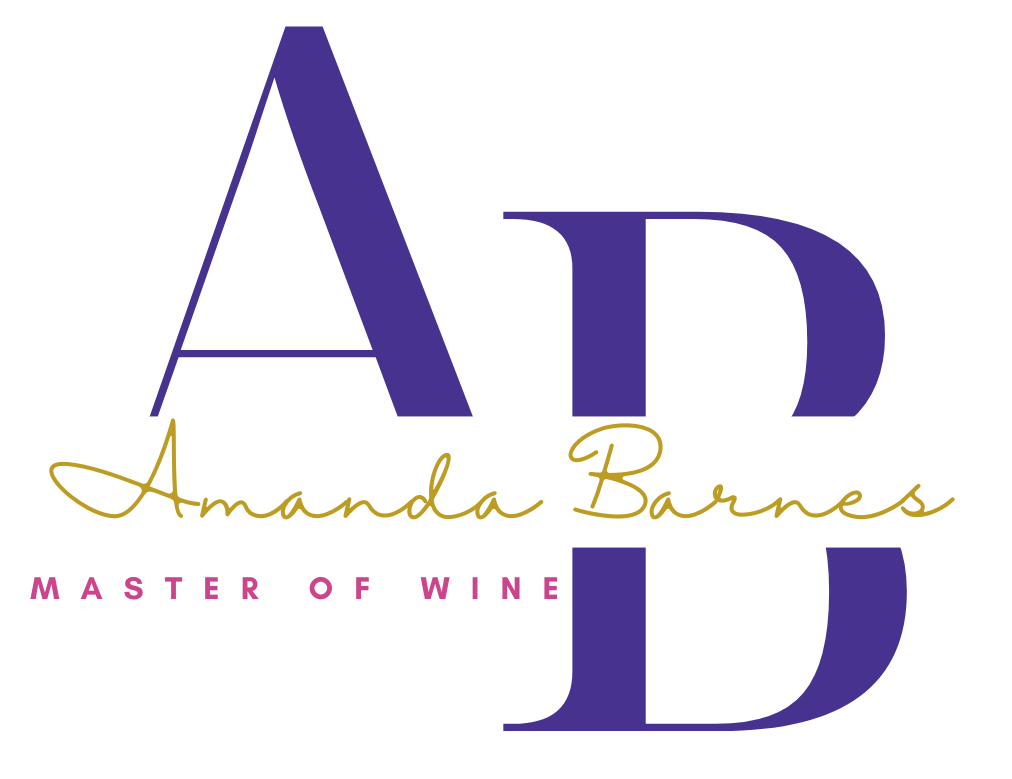Drinking Stars: Who invented champagne?

As the story goes, an old French monk, Dom Perignon, discovered Champagne completely by accident one day in 1697 – one of those beautiful mishaps that would change the world forever. After bottling his wine, he laid it down to rest for the winter and when he cracked it open the following year, he poured […]
Malbec vs Cot
Malbec made Argentine wine famous, but its true French roots are lesser known on this side of the Atlantic. Amanda Barnes goes in search of the original Malbec – in Cahors, France before indulging in a luxury tour of its adopted home here in Mendoza. **Article taken from Wine Republic The French Connection Coming from […]

